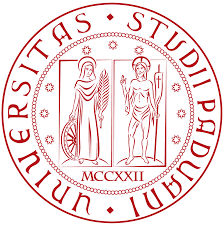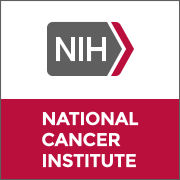Request Demo
Last update 05 Dec 2025
Pelitinib
Last update 05 Dec 2025
Overview
Basic Info
Drug Type Small molecule drug |
Synonyms Pelitinib (USAN/INN), EKB-569, WAY-EKB-569 |
Target |
Action antagonists |
Mechanism EGFR antagonists(Epidermal growth factor receptor erbB1 antagonists), HER2 antagonists(Receptor tyrosine-protein kinase erbB-2 antagonists) |
Therapeutic Areas |
Active Indication |
Inactive Indication |
Originator Organization |
Active Organization |
Inactive Organization |
License Organization- |
Drug Highest PhasePreclinical |
First Approval Date- |
Regulation- |
Login to view timeline
Structure/Sequence
Molecular FormulaC24H23ClFN5O2 |
InChIKeyWVUNYSQLFKLYNI-AATRIKPKSA-N |
CAS Registry257933-82-7 |
R&D Status
10 top R&D records. to view more data
Login
| Indication | Highest Phase | Country/Location | Organization | Date |
|---|---|---|---|---|
| Advanced Colorectal Adenocarcinoma | Phase 2 | - | 13 Nov 2003 | |
| Colonic Cancer | Phase 2 | - | 13 Nov 2003 | |
| Rectal Cancer | Phase 2 | - | 13 Nov 2003 | |
| Locally Advanced Lung Non-Small Cell Carcinoma | Phase 2 | - | 25 Aug 2003 | |
| Coronavirus Infections | Preclinical | Italy | 01 Aug 2025 |
Login to view more data
Clinical Result
Clinical Result
Indication
Phase
Evaluation
View All Results
Phase 1/2 | 29 | dkffieefui(wpjkdzwetk) = fptjgakpcf ibfyjwrclu (gjkkatjrou ) View more | - | 15 Jul 2004 | |||
Phase 1 | Advanced Colorectal Adenocarcinoma First line | 47 | qjvvkwtsql(sfkptytgni) = dcrazzvvvx zhaeewjhco (znvnakvnvo ) View more | - | 15 Jul 2004 |
Login to view more data
Translational Medicine
Boost your research with our translational medicine data.
login
or
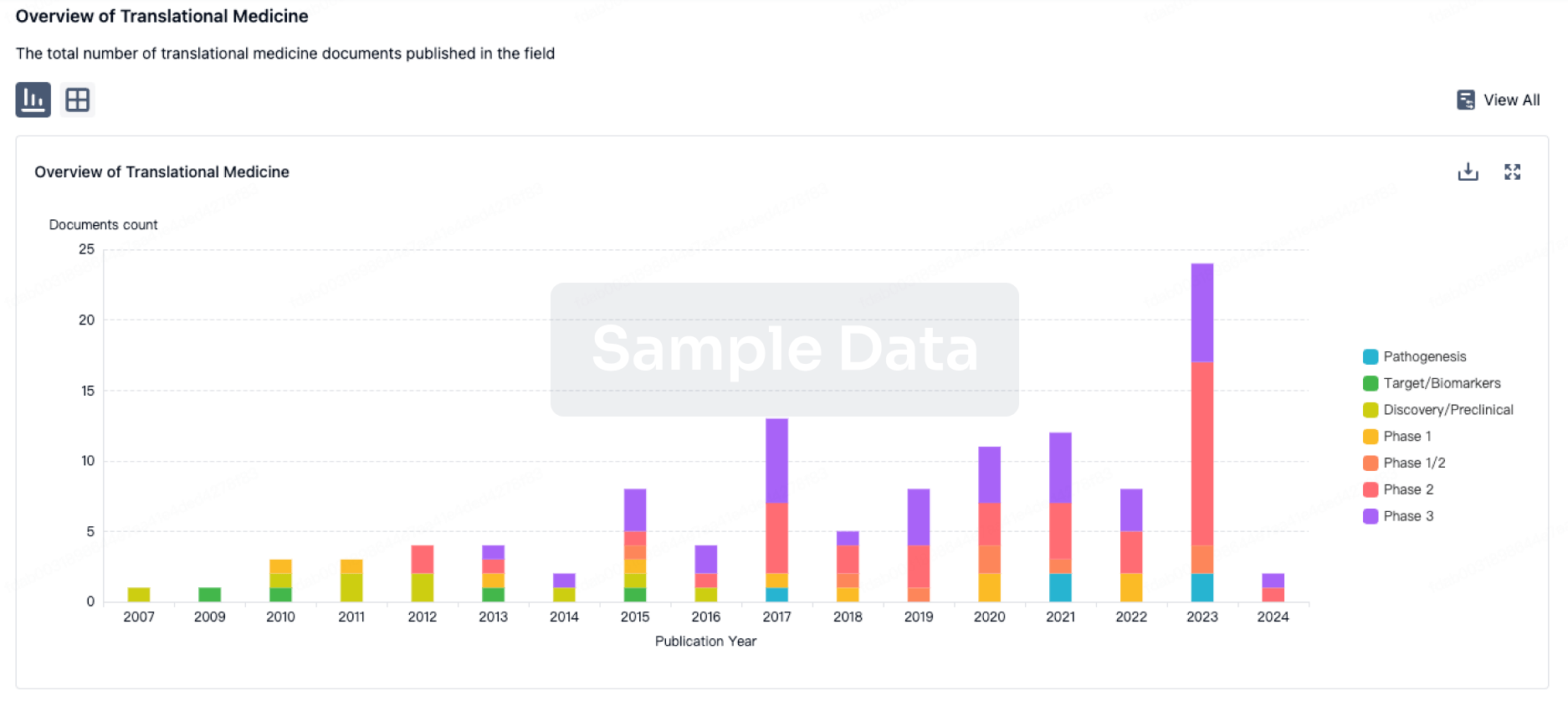
Deal
Boost your decision using our deal data.
login
or

Core Patent
Boost your research with our Core Patent data.
login
or

Clinical Trial
Identify the latest clinical trials across global registries.
login
or
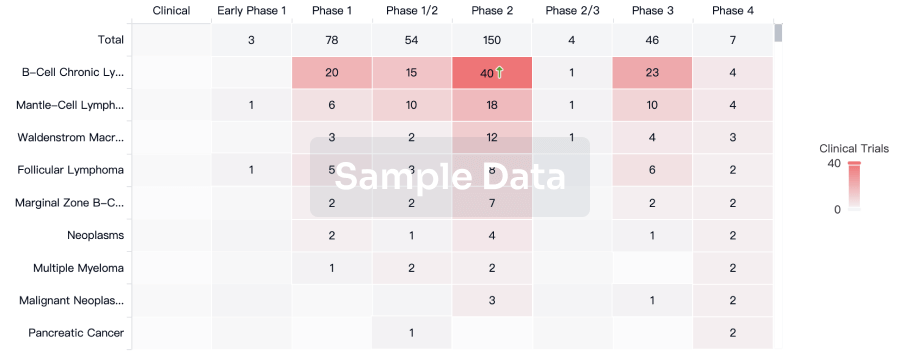
Approval
Accelerate your research with the latest regulatory approval information.
login
or
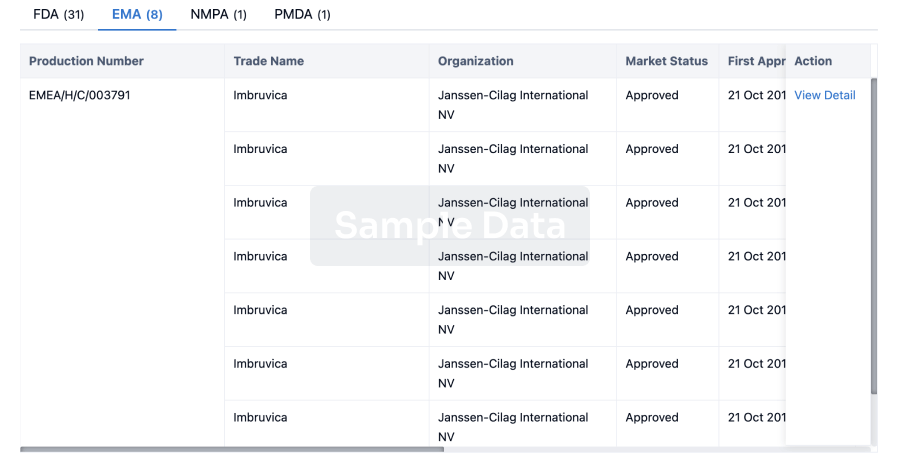
Regulation
Understand key drug designations in just a few clicks with Synapse.
login
or

AI Agents Built for Biopharma Breakthroughs
Accelerate discovery. Empower decisions. Transform outcomes.
Get started for free today!
Accelerate Strategic R&D decision making with Synapse, PatSnap’s AI-powered Connected Innovation Intelligence Platform Built for Life Sciences Professionals.
Start your data trial now!
Synapse data is also accessible to external entities via APIs or data packages. Empower better decisions with the latest in pharmaceutical intelligence.
Bio
Bio Sequences Search & Analysis
Sign up for free
Chemical
Chemical Structures Search & Analysis
Sign up for free
